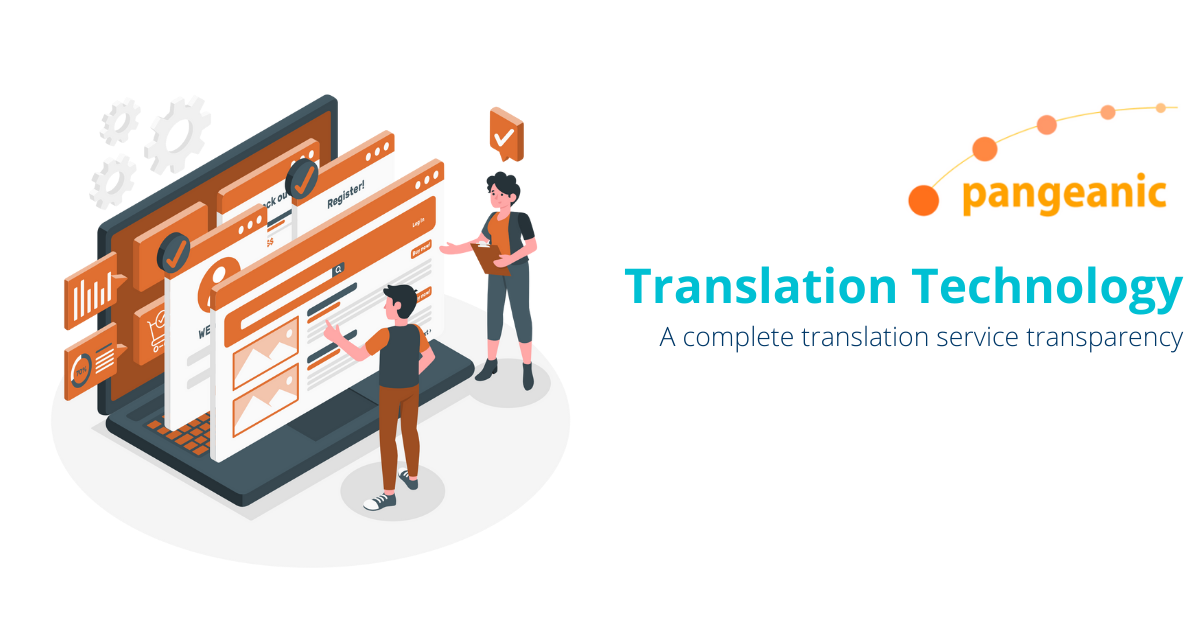Artificial intelligence is quickly and irreversibly shaping the translation industry. Technology trends are both accelerating innovation and increasing demand for low-cost, speedy translation. Big Data and the need for content localization are also determinants for the permeating of AI-powered technologies in the language business. Undoubtedly, the growth of the language industry is owed in part to the lucrative benefits of AI-powered technologies. The machine translation market is expected to register a compound annual growth rate (CAGR) of 7.1% during the forecasted 2019 - 2024 period, according to a recent report by Market Research 360, a business research company. The increased demand and upward growth of the translation industry are intrinsically linked to the growing effectiveness of computer-assisted tools and the need to use the technology in favor of a more efficient translation process, the report states. As enhanced machine translation models enter the market and deliver accurate, high-speed output, they are introduced more often and in different areas of business. As companies race to incorporate AI in-house and build, train and innovate new machine learning technologies, the language industry is changing and growing more than ever before.
Big Data and AI-based technology in the language industry
Big Data owes its name to the volume, velocity, and variety of information generated by organizations, humans, and machines. In a Big Data-driven world, the opportunity for translation companies to optimize their own data lake and classify, structure and extract knowledge can help firms remain competitive and increase their market presence. Technologies such as Natural Language Processing (NLP) tools – able to convert human language into machine language, help the analysis of unstructured text data by turning it into meaningful data, thereby improving business decisions. Keyword extraction for example, is one of many natural language capabilities that may be used for data analysis. Through an automated process, the most relevant words and expressions are extracted from the text. This opens up a host of possibilities for language companies seeking to classify, interpret, and leverage their ever-growing multilingual databases.
The natural language processing market is predicted to record a CAGR of over 17.1%, during the forecast period of 2018-2023, with a rise in demand for advanced text analytics across the globe, the language industry is not alone is its growing adoption of NLP-based technologies; with healthcare to the banking industry all looking to increase their intelligent analysis capabilities, says Research and Markets, a Dublin-based market research company.
Content localization and the demand for high-speed translation
The demand for localization of content, i.e the cultural adaptation of a text, as opposed to a literal, word-for-word translation, is fast becoming a requirement for those businesses aiming to "go global", rival competition, and achieve optimum online presence. While technology trends are driving innovation in the translation industry, they come at a time where demand is growing. Unsurprisingly, as online services and products become increasingly available to consumers across the globe, businesses turn to the translation industry to help make their products searchable and understandable. The trend continues, language companies are turning to technology to meet the demand to localize content fast and on a large scale. AI-driven models like Neural Machine Translation, draw from a large artificial neural network that resembles what happens in the human brain. NMT has proved successful in localizing a company's content with almost complete customization. Thanks to its ever-evolving nature, an adaptive NMT engine can learn a brand's voice, tone, and content and use this when producing localized output. Without question, technological breakthroughs in machine learning have helped bolster the growth of the language business. However, researchers point out that the accessibility of free of charge translation engines will hamper the growth of the machine translation market during the forecasted period of 2019 - 2024.
Will the demand for AI-powered technology be the end for human translators?
The acceleration in AI, Big Data, and machine translation sophistication stand to transform the language industry and are already beginning to do so. New technologies are churning out ever more accurate output and meeting the low-cost, speedy results clients demand. This has undoubtedly left many translators fearing unemployment as machines replace them in years to come. Yet much more likely is a significant shift in the nature of traditional translating – as supposed to a full-scale wipe out of human translators. With an estimated 500,000 professionals working in over 21,000 translation agencies across the globe, researchers predict translators will most likely move into post-editing positions as machine translation technologies become more widely adopted. Although NMT is quickly improving, we are still far from achieving a multi-skilled AI system capable of processing the mix of creative, cultural and technical skills a human translator possesses. Pangeanic’s CEO Manuel Herranz comments: “There is no turning back in the language profession. Just as databases have organized linguistic assets since the 90's, having machines doing the hard work and helping us with recommendations will change the way language companies will offer their services.” AI will undoubtedly continue to improve and revolutionize the industry as we know it. At Pangeanic, we believe in keeping up with the latest technological trends and investing in our research and development capabilities for machine translation and Natural Language Processing (NLP) technologies. Only a few months ago, we crossed the 10 billion aligned data segments mark in 84 languages, propelling the company forward in its mission to build and train new machine learning technologies.



